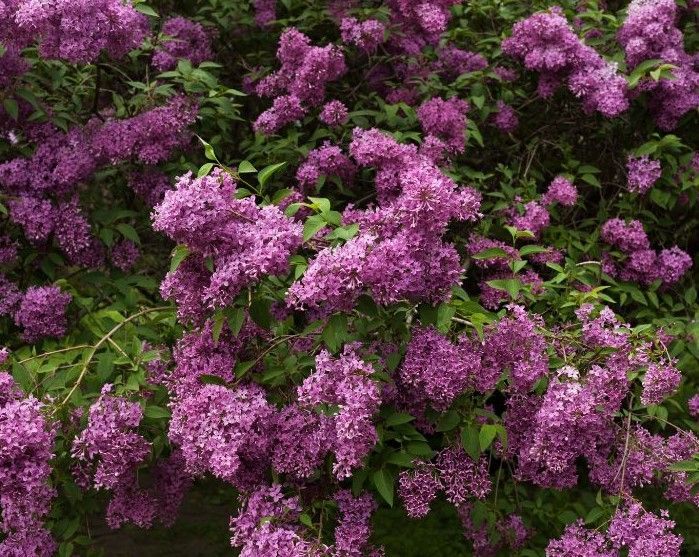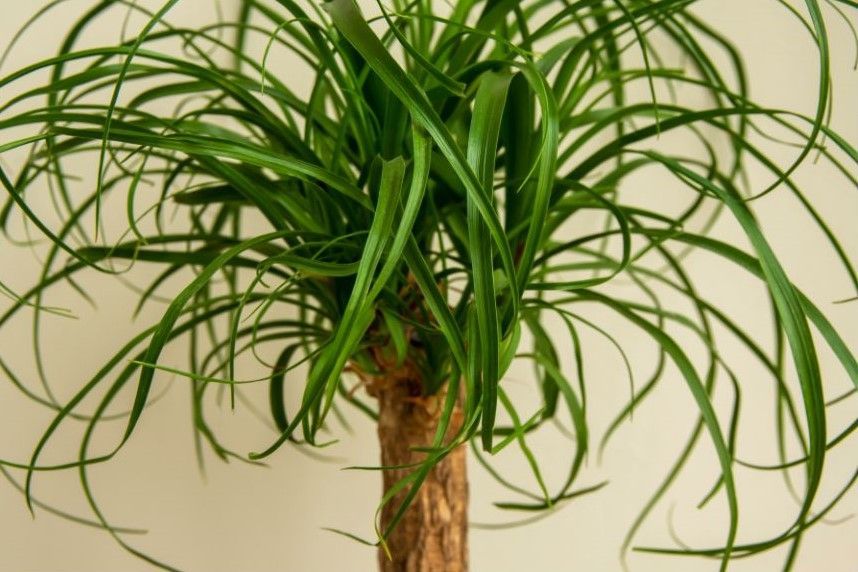What Makes a Good Houseplant?
Houseplants bring life, color, and a sense of peace to indoor spaces, but not all plants are equally suited for the indoor environment. Choosing the right houseplant involves understanding specific characteristics that make some plants thrive indoors while others struggle. Below is a list of the traits that define "good" houseplants, with examples of common easy and advanced houseplants for various skill levels.
5 Characteristics of A Good Houseplant
1. Tolerance to Low Light
Low-light tolerance ensures that the plant can photosynthesize and grow even in less-than-ideal lighting, reducing the need for specialized care. Many homes lack bright, consistent sunlight, especially in urban areas or during winter months. Plants that can adapt to low light conditions are ideal for indoor spaces. Below are some excellent examples, thriving in dim corners or rooms with indirect light. Remember, plants still need some light to survive, so that windowless bathroom in the basement probably won't work! :)
2. Slow Growth
Slow growth translates to less frequent repotting and less overall care, making these plants easier to manage. Fast-growing plants can quickly outgrow their pots or require frequent pruning, which may not suit everyone’s schedule. Slow growers, like ZZ plants (Zamioculcas zamiifolia) or ponytail palms (Beaucarnea recurvata), need less maintenance, making them practical for busy households.
3. Resilience
Resilient plants are forgiving of mistakes, making them perfect for beginners or those with busy schedules. Resilient plants can bounce back from periods of neglect, irregular watering, or less-than-optimal conditions. For example, peace lilies (Spathiphyllum) droop when thirsty, signaling their need for water without suffering long-term damage.
4. Air-Purifying Qualities
Beyond aesthetics, air-purifying plants contribute to a healthier living environment, especially in urban settings or sealed, air-conditioned spaces. Certain plants, like spider plants (Chlorophytum comosum) and Boston ferns (Nephrolepis exaltata), are well-known for their ability to improve indoor air quality by removing toxins such as formaldehyde and benzene. Plus, clean air and some greenery contribute to a healthier mental state overall.
5. Non-Toxicity
Safety is a top priority in homes with vulnerable inhabitants, ensuring peace of mind while enjoying greenery indoors. For households with pets or small children that like to nibble on or play with leaves (calling out my cat, Jude), non-toxic plants are a safe choice. Options like parlor palms (Chamaedorea elegans) or calatheas provide beauty without the risk of harm if accidentally ingested.
Easy Houseplants for Beginners
Easy houseplants are low-maintenance and adaptable, making them ideal for those new to plant care or seeking minimal effort. Here are some beginner-friendly options you may recognize from earlier:
- Snake Plant (Dracaena or Sansevieria): Thrives in low light and requires minimal watering. Its upright, architectural shape adds a modern touch to any room.
- Pothos (Epipremnum aureum): Adaptable to various lighting conditions and forgiving of irregular watering. Its trailing vines make it a versatile and visually pleasing choice for shelves or hanging baskets.
- Spider Plant (Chlorophytum comosum): A fast grower that’s easy to propagate, thriving in medium light. It’s known for its ability to filter indoor air effectively.
- ZZ Plant (Zamioculcas zamiifolia): Nearly indestructible, tolerating low light and infrequent watering. Its glossy, dark green leaves and unique appearance make it a popular choice.
- Peace Lily (Spathiphyllum spp.): Signals its need for water by drooping slightly, making care intuitive. It also produces beautiful white blooms in the right conditions.
Advanced Houseplants
For experienced plant enthusiasts, advanced houseplants offer a rewarding challenge. These plants often have specific care requirements that demand attention and consistency:
- Fiddle Leaf Fig (Ficus lyrata): Requires consistent watering, bright indirect light, and a stable environment with high humidity.
- Calathea: Known for its striking foliage, this plant thrives in high humidity, filtered light, and requires careful watering with distilled or rainwater.
- Orchids (Phalaenopsis): Beautiful but notoriously finicky, orchids need precise watering schedules, excellent drainage, and indirect light to thrive.
- Bonsai Trees: A living art form, bonsai trees require meticulous pruning, regular watering, and careful environmental control.
- Carnivorous Plants
(e.g.,
Venus Flytrap (Dionaea),
Pitcher plants (Nepenthes and
Sarracenia)): Thrive in nutrient-poor soil, require distilled water, and need very specific light conditions to stay healthy.
Conclusion
Bringing houseplants into your home offers far more than aesthetic value. Their presence adds charm and character to any space, creating a calming and inviting atmosphere. Beyond their beauty, houseplants contribute to mental well-being by reducing stress, boosting productivity, and improving air quality. The act of caring for plants can also foster a sense of accomplishment and connection with nature, even in urban or indoor environments. By choosing the right plants for your home and lifestyle, you can enjoy the numerous benefits of indoor greenery while creating a sanctuary that nurtures both body and mind.

Sign up for monthly newsletters!
From easy tree care practices to fun DIY projects, we've got something for everyone.

Interested in what we can do for you?
Call us at 610-648-0404 or book an appointment online.

Sign up for monthly newsletters!
Get our latest articles, delivered right to your inbox. No spam, ever.
Check out the latest...
Sign up for monthly newsletters!
From easy tree care practices to fun DIY projects, we've got something for everyone.






WHAT WE DO
WHO WE ARE
Join the Tree Society newsletter
Get monthly articles on the latest in the tree care industry, curated by people deeply passionate about environmental stewardship.
We use cookies to ensure that we give you the best experience on our website.



